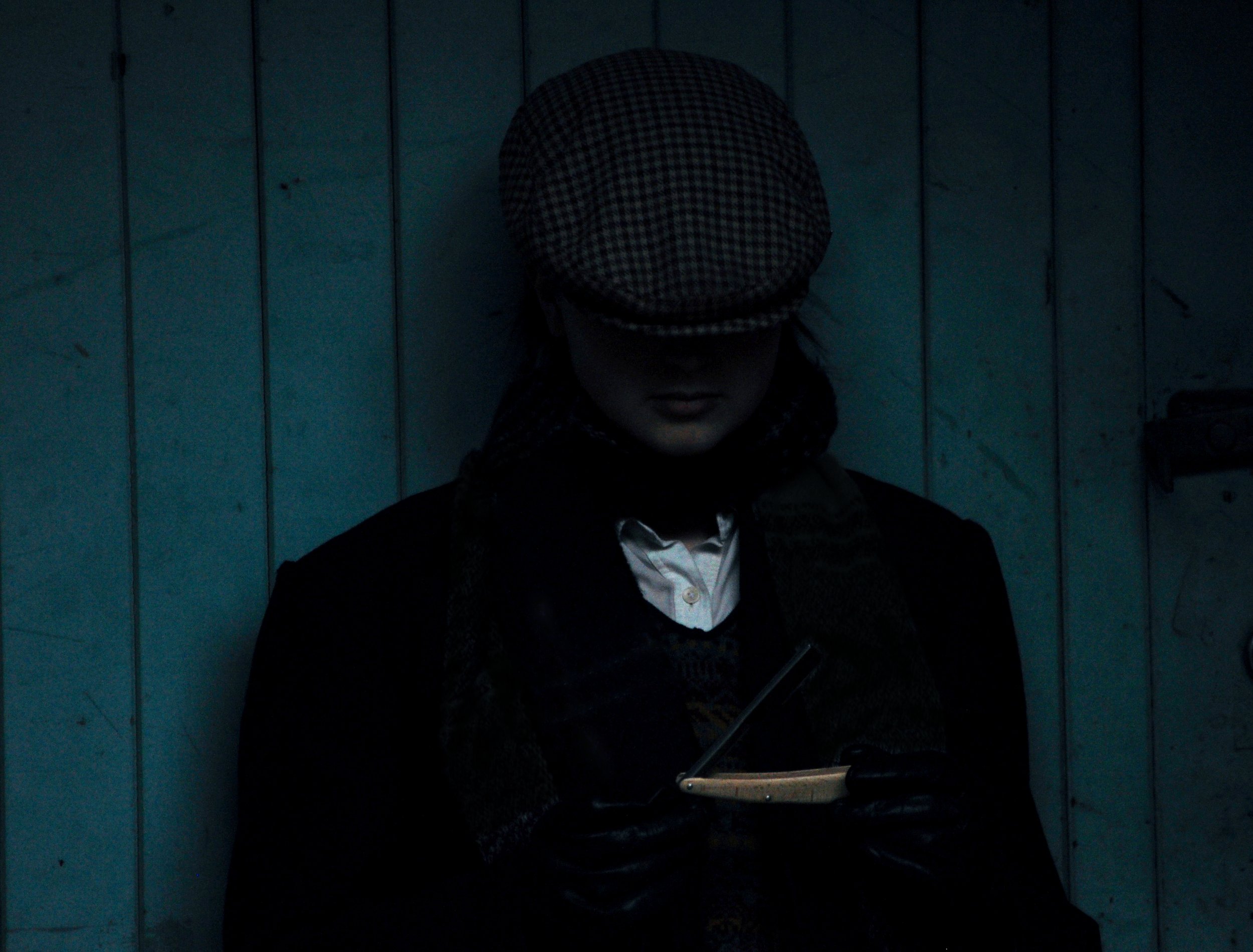The Headless Captain—Dunedin's First Execution
Following the discovery of gold in 1861, a dangerous class of criminal started to arrive in Dunedin.
Dunedin’s first gaol started out as a ‘holiday camp’ under the watchful eye of Johnny Barr. Johnny became comically known as Otago’s first man of hospitality for his generosity and good nature towards prisoners. Everything changed in 1861 when gold was discovered in Central Otago/Gabriels Gully, and dangerous criminals began to arrive in a wave of fossicking related crime. The former ‘holiday camp’ quickly became New Zealand’s first maximum security gaol.
The ghost of Captain William Andrew Jarvey, the first man to be executed in Dunedin, in 1865, haunts this old site. Mr Jarvey was eventually found guilty of murdering his second wife after strychnine was detected in her remains. Jarvey fainted in court after the results of the post-mortem were presented to an eager courtroom, and Jarvey was sentenced to death by hanging. It is said that Jarvey even gave advice to the hangman on how to adjust the knot to secure a swift end. Seems slightly ironic considering Jarvey claimed, “If a man is born to be hung, he will never be drowned,” after he slipped into the water at Careys Bay a year earlier.
The charge against Jarvey read—
“William Andrew Jarvey not having the fear of God before his eyes, but being moved and seduced by the instigation of the devil, on the 26th day of September in the year of our Lord one thousand eight hundred and sixty four, feloniously wilfully and of his malice aforethought did kill and murder one Catherine Jane Jarvey against the peace of our Lady the Queen and her Crown and dignity.”
Captain William Jarvey’s Death Mask.
Jarvey was buried beneath the gaol as was the custom of the time. There was also a widespread belief that these criminals were so evil in life that even
in death, they should not be released. They were buried standing up, and in doing so, ensured that eternal rest would be impossible.
Maybe there are more ghosts around this location. Some say the ghost at the Victorian prison that was built in 1896, is that of a murdered policeman. Others are convinced that the spirit is that of Jarvey, quite happy to haunt another gaol on another site. My money is on Jarvey considering the unusual events surrounding the exhuming of his body. In 1899 the remains were laid out in the courtyard awaiting an order for their relocation to the Northern Cemetery. It appears that during this time an opportunist leapt the fence and stole Jarvey’s skull as a souvenir. The head was never recovered.
After much debate, the executed prisoners were buried at the Northern Cemetery beneath the mighty Sequoia tree, also known as ‘The Hanging Tree’.
The Hanging Tree.
Dunedin is a Ghost Town-{1999-2019}



